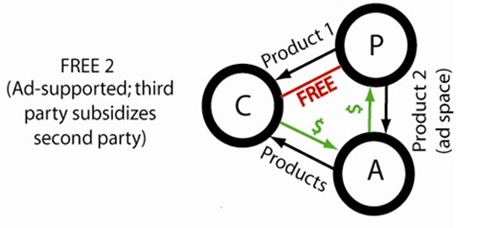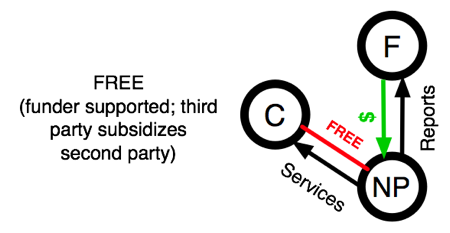In my last post exploring poverty, I defined poverty as “the inability to fully participate in or benefit from society”. This definition sought to move beyond a simple definition of poverty as an economic floor, and towards a broader conception of poverty and a goal for society in general.
To begin this post, I’d like to explore the idea of participation as an opposite of poverty. Using participation as a guide, we can thus provide a conceptual benchmark: a society can be measured by the people who are excluded from it.
Describing poverty as exclusion is not unique. Prof. Yves Cabannes writes extensively upon South American anti-poverty movements and their notions of exlusion. Urban organizer Martin Longoria of Brazil has said “You know what is the opposite of exclusion for us? It is not inclusion, but participation. Active participation is what makes you a full citizen.” (“Poor, or excluded? lessons from Latin America and the Caribbean”. UN Chronicle, March-May, 2001)
Within the United States there are many examples of exclusion, but an illustrative one is an exclusion of age: will our older population, expected to grow with the influx of Baby Boomers (and others of the same age), continue to be able participate within society at the same level they currently do?
There is no easy answer to this question (or the multitude of questions like it); and that we frame it within an easy/complex binary system is perhaps the problem. In approaching questions like these, our most common impulse is to look towards existing problems:
-
Older people have difficulty voting
-
Older people have difficulty earning a living-wage
-
Older people have difficulty socializing with younger people
And breaking these down, we usually approach them as essential elements that are missing or unfulfilled:
-
They can’t register to vote
-
They can’t get to polling stations
-
They are not engaged on issues or by candidates
It is easiest to frame issues as the absence of something currently existing, rather than creating something new. We look for simple indicators of success, rather than describing the outcome as a whole. Our collective inability to accept diversity and create participation can be viewed as a failure of imagination.
Experiment: Describe society if people over 65 years old were fully able to participate within the political system. Do so using language that doesn’t actually use “old people” (or senior citizens, or any subject that would stand-in for an idea of them).
It’s difficult. Instead of saying something easy like “Old people can easily get to polling places”, you have to reframe it as “Polling places are close to and accessible to where people live.” And even more difficult, imagine what form that would actually take: more polling places (micro-polling centers?), transportation (who do you imagine driving?), more opportunities to vote so missing one election is less consequential (micro-ballots?).
Imagine solutions not as absence or fulfillment, but as practice.
_Experiment: Describe a society that has entirely eliminated recreational drug use (we’ll say alcohol, tobacco, and everything else too)? Don’t use the word “drugs” (or any other stand-in). How are people spending their time? How do they relax? Or find thrills Or explore their mind and body? _
You may find yourself imagining everyone as being identical—we naturally seek homogeneity as it is a simplifier and makes imagining easier but at a cost. Try to push away from this and think of the diversity of people you know (or even common stereotypes)? Do not imagine them disappearing; instead imagine their activities transformed according to the constraints of the experiment.
Thinking along these lines allows you to explore incremental changes and improvements that may be more achievable, and, when taken together, be more effective than strictly seeking absence or fulfillment. It also helps you avoid framing things as absolutes. Think middle.
I’ve got one more method to help overcome our innate desire for absolutes and homogeneity: use the double-negative.
Experiment: Describe “not not-poor”. Avoid the logical or mathematical desire to cancel out nots like negative signs. If not-poor is rich, than what is the opposite of that, if it is not poor?
The purpose of this exercise is not necessarily to come to a categorical answer (“…the middle-class…”), but instead explore the meaning and connotations of these words and the alternatives that present themselves when you move beyond them.
From feedback to my last piece, I have left the explanation of this method to the end—but I still find it greatly interesting. It comes from the Ismaili philosopher Abu Yaqub Sijistani, who advocated speaking of God in double negatives: by saying He was “not no-thing” or “not not-wise”, it allowed seekers to “become aware of the inadequacy of language when it tried to convey the mystery of God.” So says Karen Armstrong in A History of God (p. 179-80).


